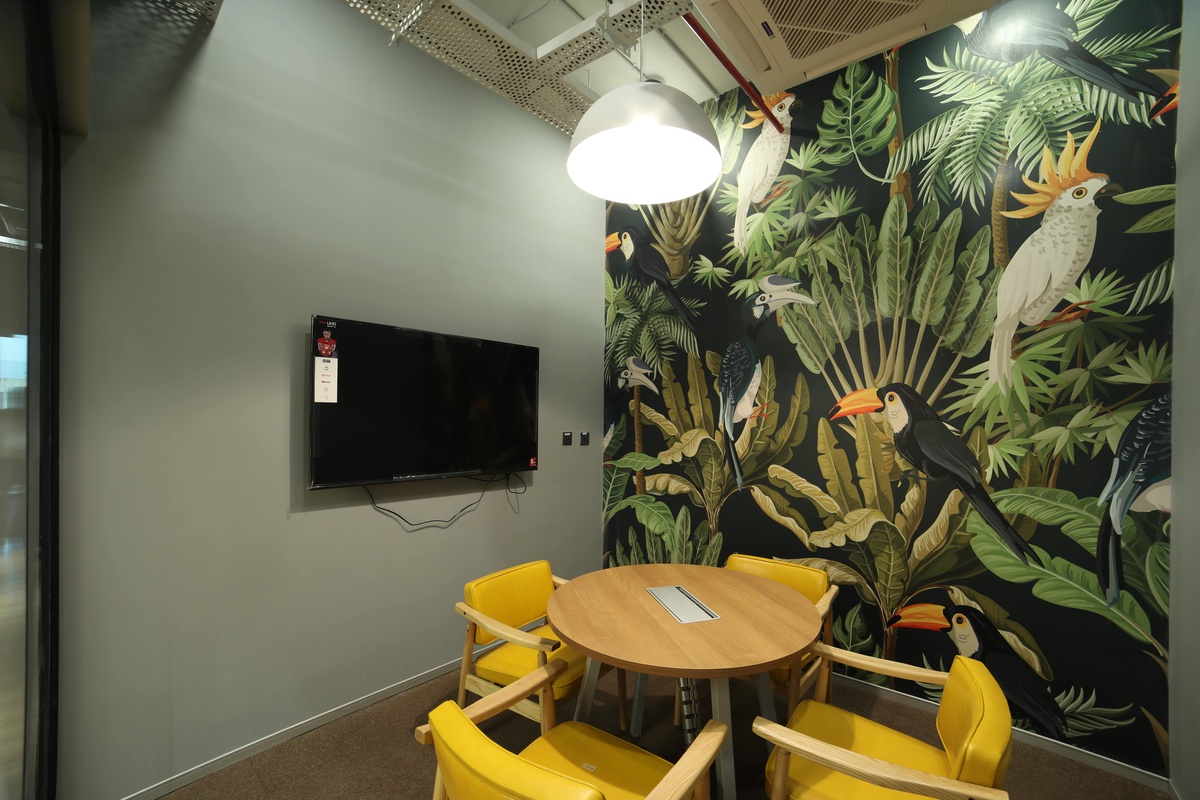The landscape of workspaces is undergoing a significant transformation, with remote and hybrid office models taking center stage. In this article, we explore the dynamics, challenges, and innovations surrounding the future of work, as organizations navigate the shift towards remote and hybrid office spaces.
1. The Rise of Remote Work
As technology advances and connectivity becomes seamless, remote work has become more prevalent than ever. We delve into the factors driving the rise of remote work and how organizations are adapting to this paradigm shift.
2. Embracing Hybrid Models
Hybrid office models, combining remote and in-office work, offer a flexible approach that accommodates diverse work preferences. We explore the benefits and challenges of hybrid models and how they contribute to a more adaptable and inclusive work environment.
3. Technological Enablers
The backbone of successful remote and hybrid work lies in technology. From virtual collaboration tools to cloud-based solutions, we examine the technological enablers that empower teams to collaborate seamlessly irrespective of physical location.
4. Overcoming Collaboration Challenges
Effective collaboration is crucial for the success of remote and hybrid models. We discuss strategies and tools that organizations are employing to overcome collaboration challenges and foster a sense of unity among distributed teams.
5. Redefining Workplace Culture
With physical distance comes the need to redefine workplace culture. We explore how organizations are cultivating a strong sense of community, engagement, and shared values in a world where employees may not always share the same physical space.
6. Balancing Flexibility and Accountability
One of the key challenges in remote and hybrid work is striking the right balance between flexibility and accountability. We examine how organizations are implementing policies and practices that ensure productivity without compromising on the freedom that remote work provides.
7. Designing Home Offices for Productivity
As remote work becomes more prevalent, the focus shifts to creating home offices conducive to productivity. We discuss ergonomic design, tech setups, and work-life balance strategies that contribute to an efficient home office environment.
8. Addressing Mental Health and Well-being
Remote work can bring about unique mental health challenges. We explore initiatives and practices that organizations are adopting to support the well-being of remote and hybrid workforces, ensuring a healthy work-life integration.
9. Legal and Compliance Considerations
The shift to remote and hybrid work brings forth legal and compliance considerations. We touch upon the legal aspects organizations need to address to ensure a smooth transition and adherence to regulations.
10. Future Trends and Innovations
As we navigate the future of remote and hybrid premium office space , we conclude by looking ahead at emerging trends and innovations that will continue to shape the way we work, collaborate, and redefine the traditional concept of the office.
Conclusion
The future of work is evolving, and remote and hybrid office spaces are at the forefront of this transformation. By understanding the dynamics, challenges, and innovations surrounding these models, organizations can pave the way for a more flexible, inclusive, and successful work environment.


No comments yet